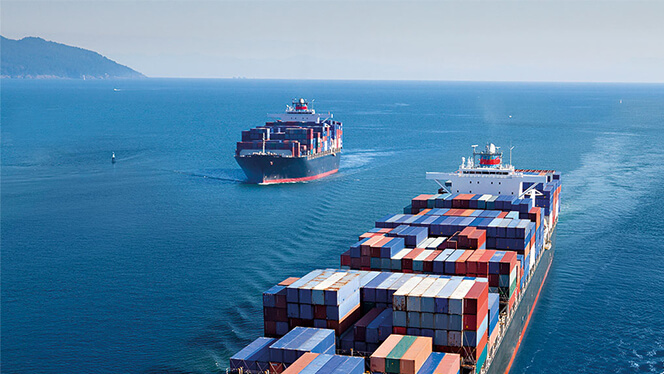Introduction
Real-time visibility is the ability to accurately track and trace assets, their location and status, throughout the supply chain, live and in real-time. This would provide transportation companies with the ability to better manage their supply chain.
But achieving real-time visibility across your supply chain is no longer a luxury—it’s a necessity. The challenge many logistics businesses face is fragmented data from multiple sources, making it hard to get a clear picture of where goods are at any moment. By integrating real-time visibility, you can proactively manage delays, streamline your operations, and provide your customers with accurate delivery updates, enhancing both efficiency and customer satisfaction.

Challenges
Achieving accurate and real time visibility is quite a challenge for many transportation companies
- Challenge of Ingesting Data from external data Providers like Windward
When relying on external data providers like e.g. Windward or Marinetraffic for maritime tracking, many companies encounter issues with complex data formats and ensuring up-to-the-minute accuracy. For businesses dealing with international shipping, this data is vital to stay ahead of delays, port congestion, and route changes. Without this real-time data, your operations are left vulnerable to costly disruptions, and your ability to promise on-time deliveries is compromised. These extensive datasets of external providers include vessel movements, AIS data, and port activities. Ingesting and processing such large volumes of data in real-time can be computationally intensive.
- Challenge of system integration
Transportation companies often have a complex ecosystem of systems, including transportation management systems (TMS), fleet management systems (FMS), and warehouse management systems (WMS). Integrating these systems to enable real-time visibility can be a significant undertaking. Ensuring compatibility and interoperability between different systems and data formats is essential for seamless data exchange.

Why It Matters to Your Business
For your logistics operations, having access to real-time data means you can react quickly to unforeseen disruptions and keep your customers informed with accurate, reliable updates. This insight helps you reduce delays, avoid penalties, and improve planning accuracy, giving your business a competitive edge. It’s not just about tracking shipments—it’s about maintaining control over your supply chain.
Implementation
Implementing this solution involves setting up a seamless integration between your transportation and logistics systems (TMS, WMS,..) and data feed of external providers via APIs. These API will provide a continuous stream of real-time data, including vessel movements, port activities, and other relevant shipping information.
To ensure consistency and compatibility, ingested data is cleaned, standardized and formatted. If necessary, the data can be enriched with additional information from other sources (e.g., weather data, port schedules,…) to provide a more comprehensive view.
From there, processed data is integrated into your existing systems, such as TMS, WMS, and ERP, making sure the integrated data is synchronized with these systems in real-time to maintain up-to-date information.
Through interactive dashboards and reports real-time data can be visualized and meaningful insights can be derived, to make informed decisions regarding shipping schedules, route optimization, inventory management, and risk mitigation.
By leveraging reliable API connections and data pipelines, you ensure your business stays ahead of shipping delays and maintains efficient, uninterrupted operations.

